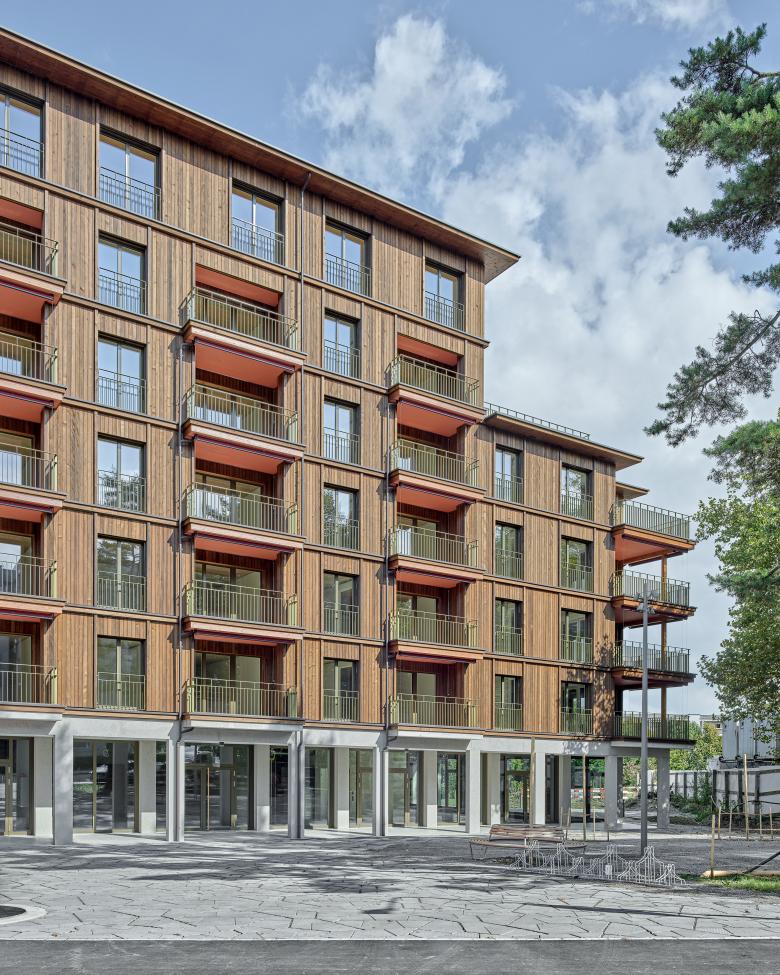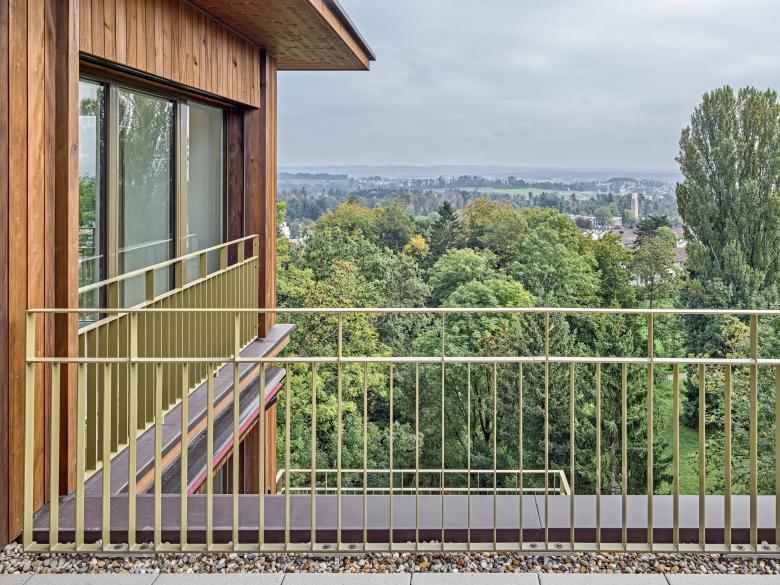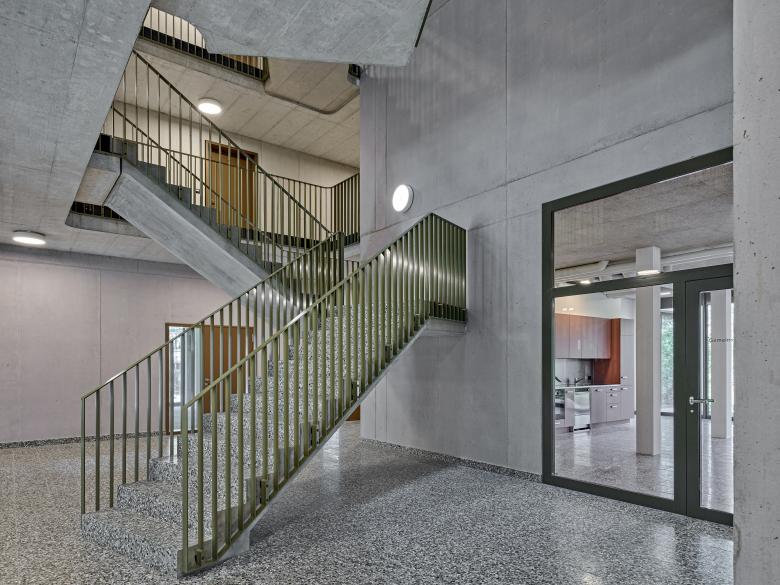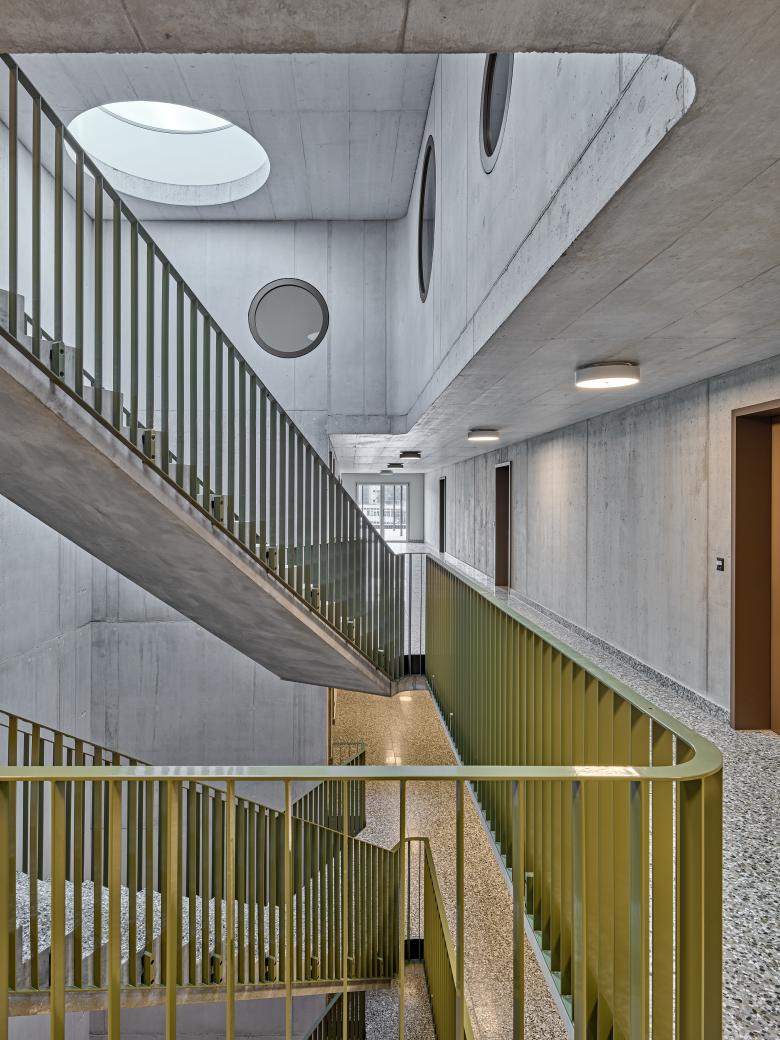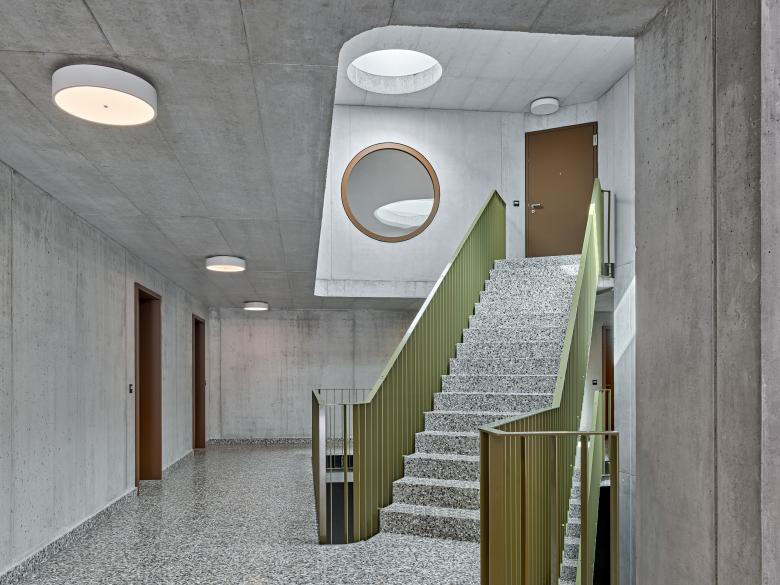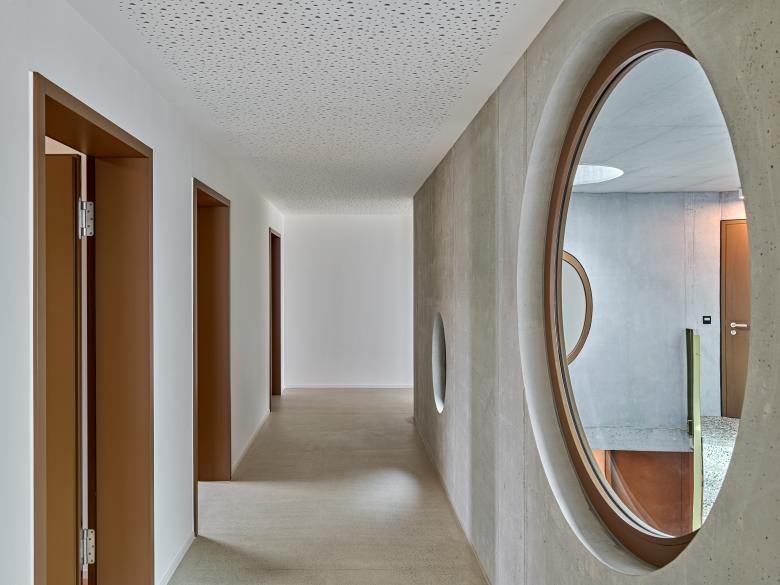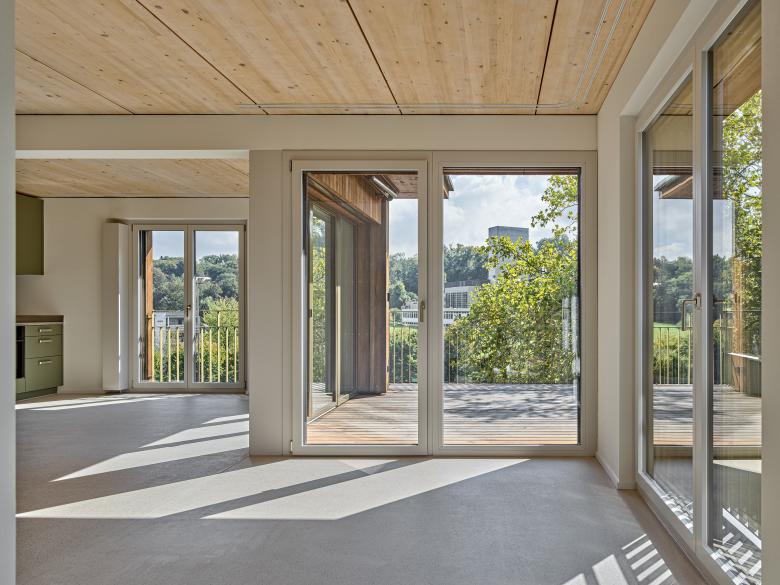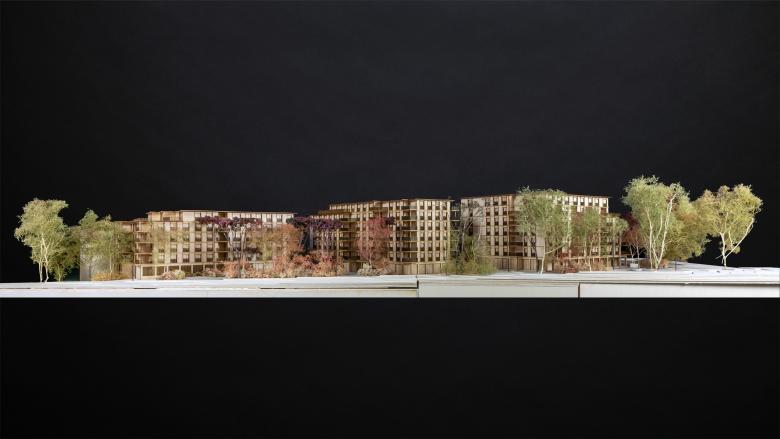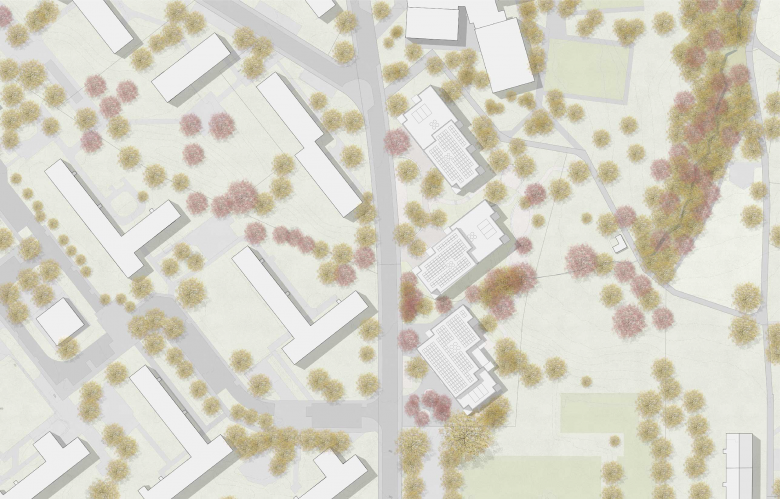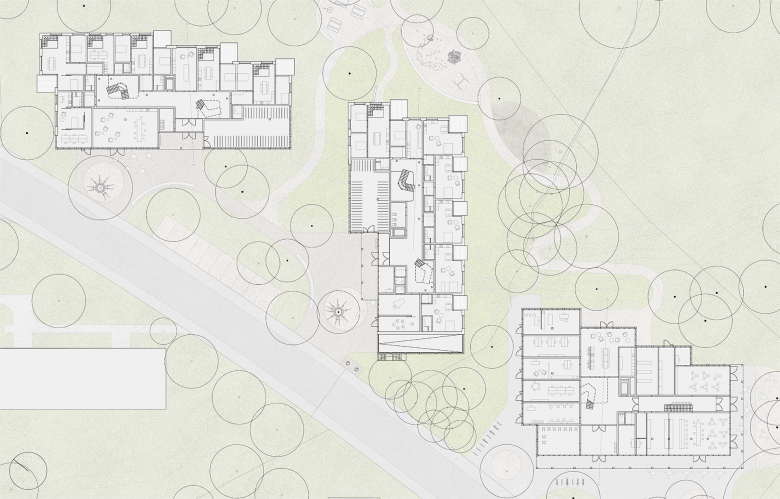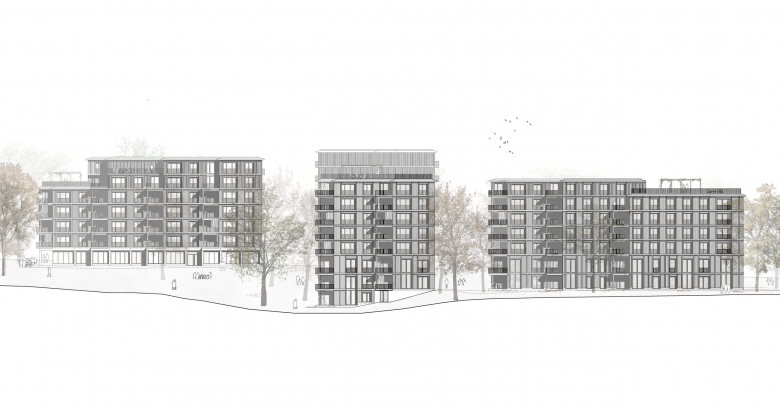Lerchenhalde Cooperative Housing Development
Zurich, Switzerland
Competition 1st prize – At the northern foot of the Hönggerberg in Zurich Affoltern the building cooperatives Hagenbrünneli und Turicum are planning a residential development for students, families, and elderly people. The competition entry by Fischer Architekten gives a contemporary, holistic response to the different requirements. Alongside the classic examination of settlement typologies and their characteristics, aspects of ecology, the urban climate, energy requirements and social needs are also considered.
–
The three new buildings augment the existing development on Lerchenberg created in the 1970s, which resembles a garden city and is characterised by continuous green space surrounding the individual buildings. The two plots lie directly on an area of landscape that extends east-west and forms a connection between the local recreation areas of Hönggerberg and Käferberg. The Neugut landscape area extends northwards.
The three new buildings are positioned in accordance with the landscape concept of the existing Hagenbrünneli cooperative housing development. More than 60% of the site consists of naturally planted meadows, most of the existing trees are preserved, and the roofs are greened, so that residents are offered a varied housing environment with a wealth of different species of flora and fauna.
The positioning and orientation of the volumes, which is derived from the urban planning, produces deep, compact volumes. All the daytime and night-time spaces face east or west, towards the daylight and the landscape and the vertical rhythm of the stepped volumes ensures that they receive plenty of sunlight from the south, too. The day-time spaces are laid out around a corner and the “corner loggias” that extend beyond the line of the facade underline this orientation towards the sun and outdoor space. The classic hallway separates daytime and night-time spaces from each other.
The appearance of the buildings reflects the demands made on contemporary cooperative housing, with particular attention being paid to the economical and flexible organisation of space, a high level of usability, low running and maintenance costs, and good use of daylight. The projects meet the technical and programmatic requirements with a simple vertical stacking of volumes using a prefabricated timber hybrid construction system.
With the differentiated area of landscape that belongs to it, the semi-public ground floor forms a place of arrival and a clear address. It is envisaged that the spatial layers facing the street will accommodate public functions such as group rooms, studios, or cafés, which can serve as places for encounters and social interaction.
Those entering each of the buildings experience the centrally positioned entrance hall with its two top-lit lightwells as an aid to easy orientation. A variety of visual connections inside and outside the apartments allow neighbourly relationships, a sense of closeness or the preservation of distance.
https://www.fischer-architekten.ch/en/projects/lerchenhalde-housing-development-zurich
- Architects
- Fischer Architekten AG
- Year
- 2026
- Client
- Baugenossenschaften Turicum und Hagenbrünneli
